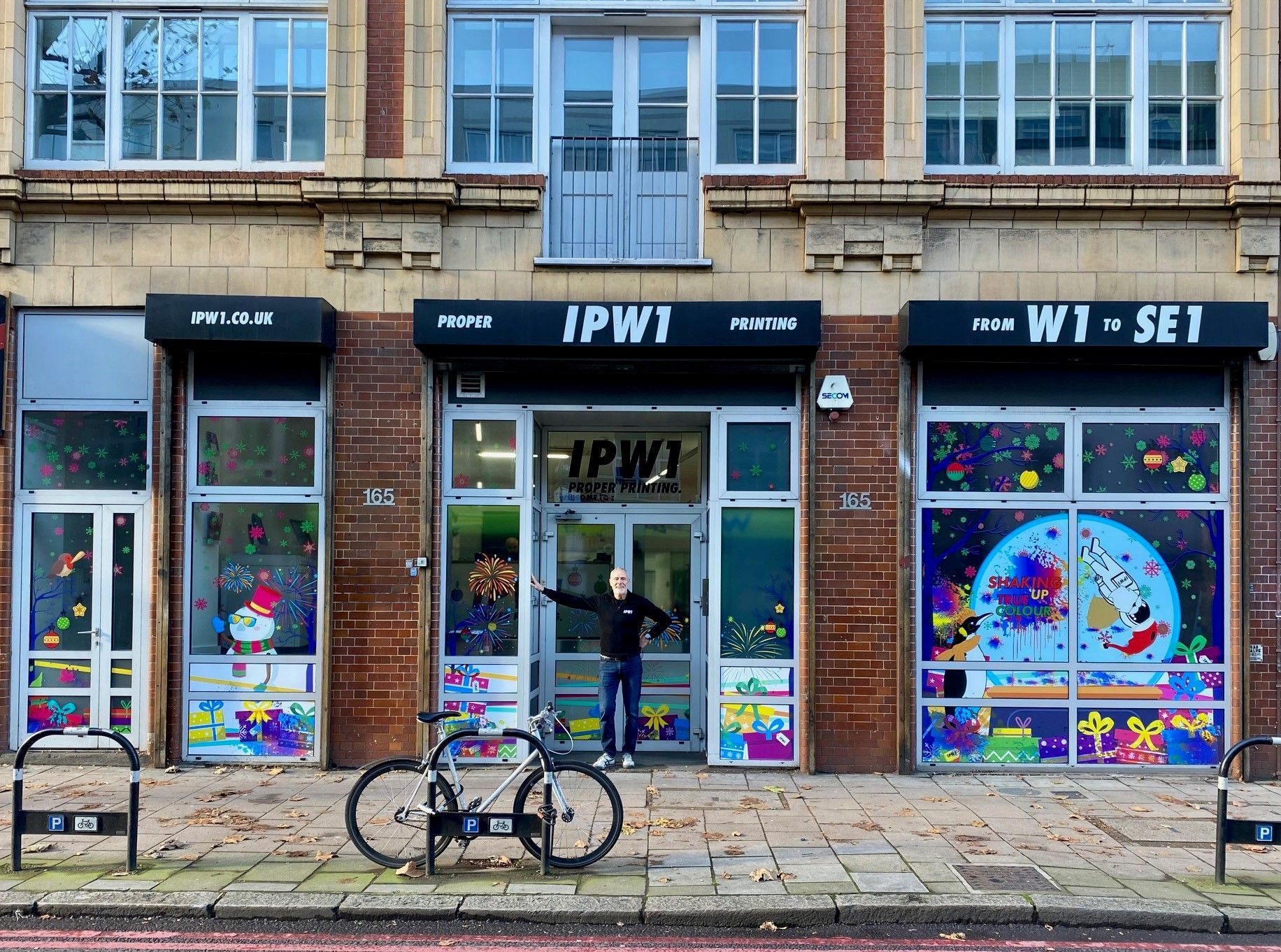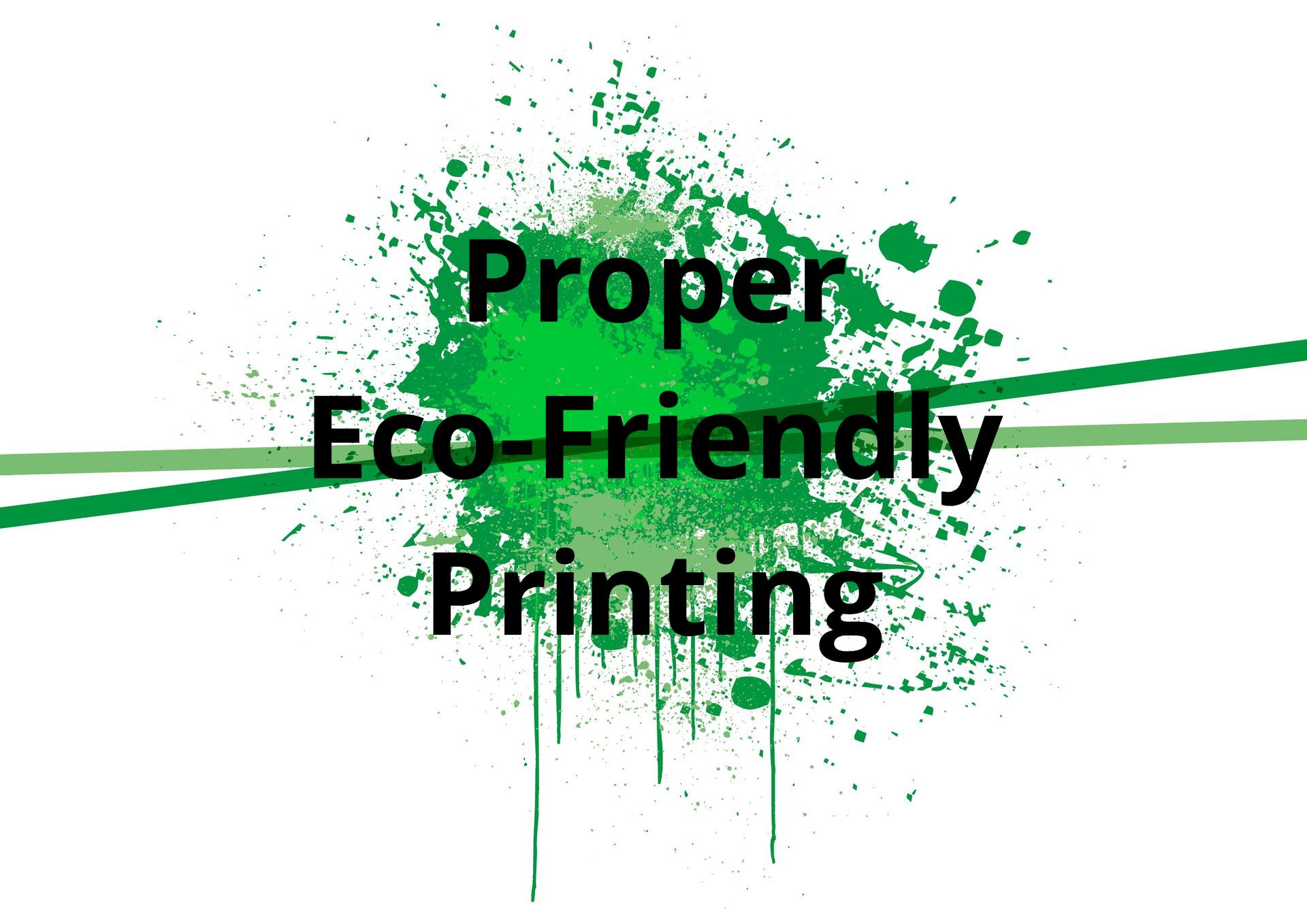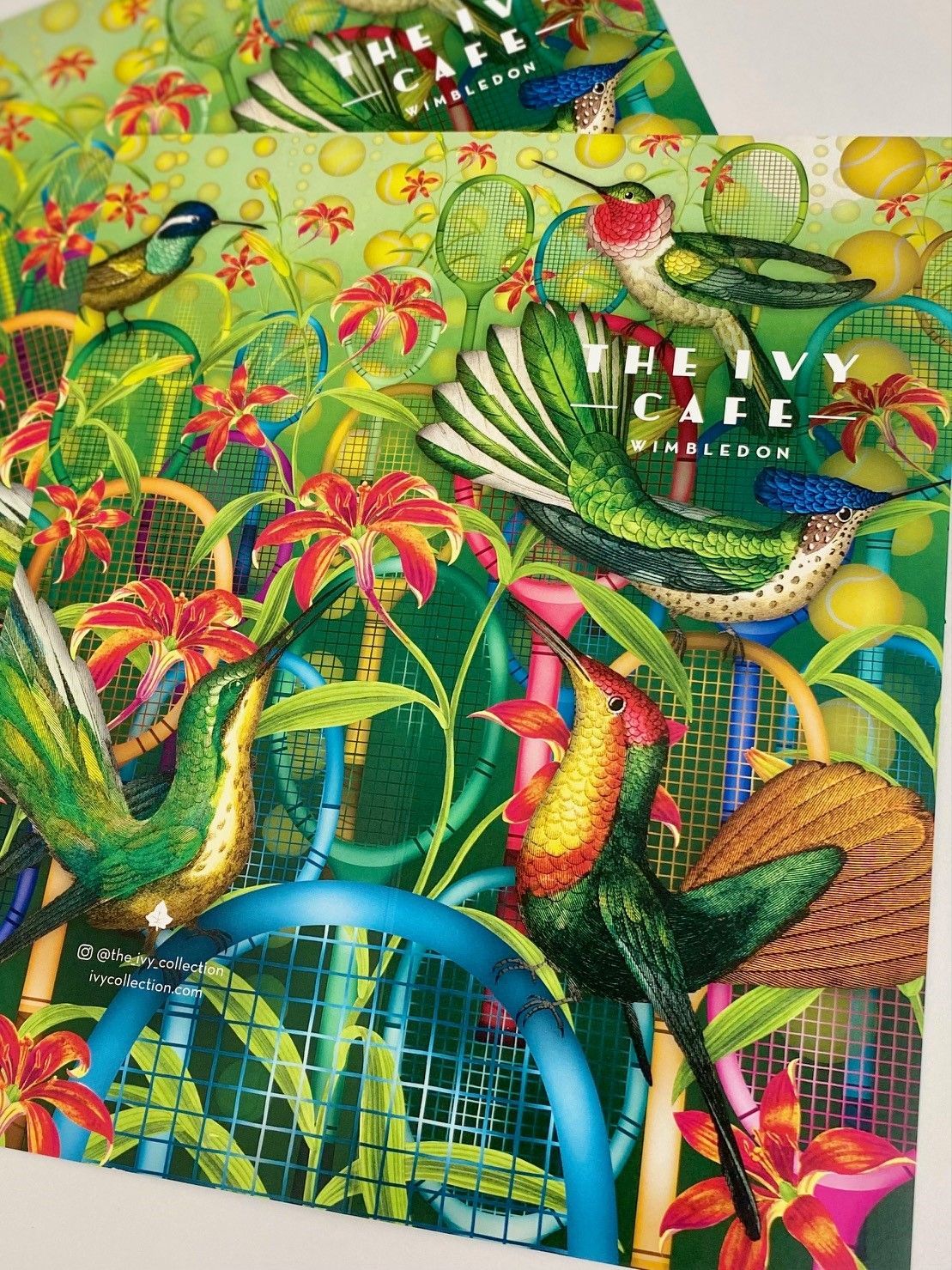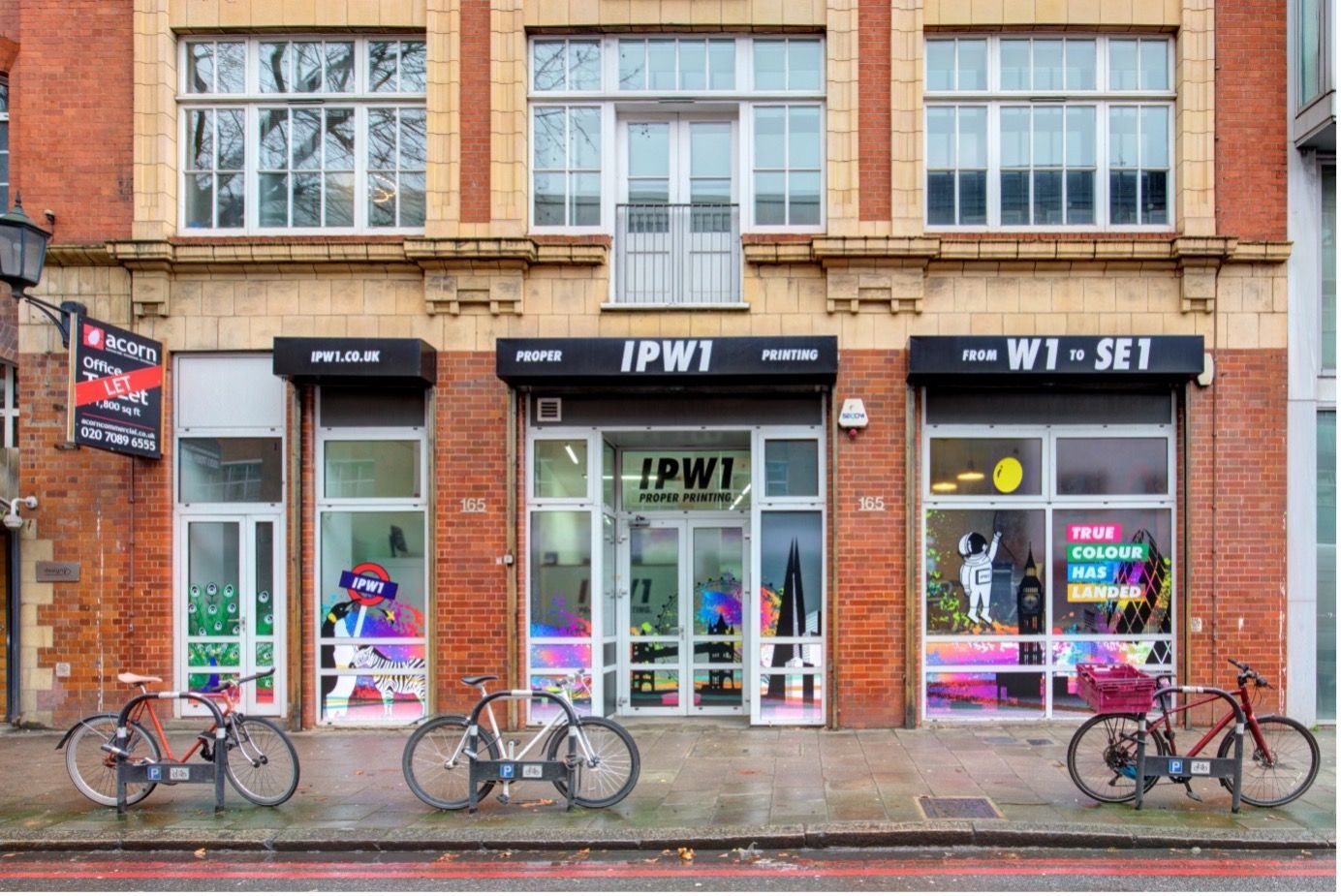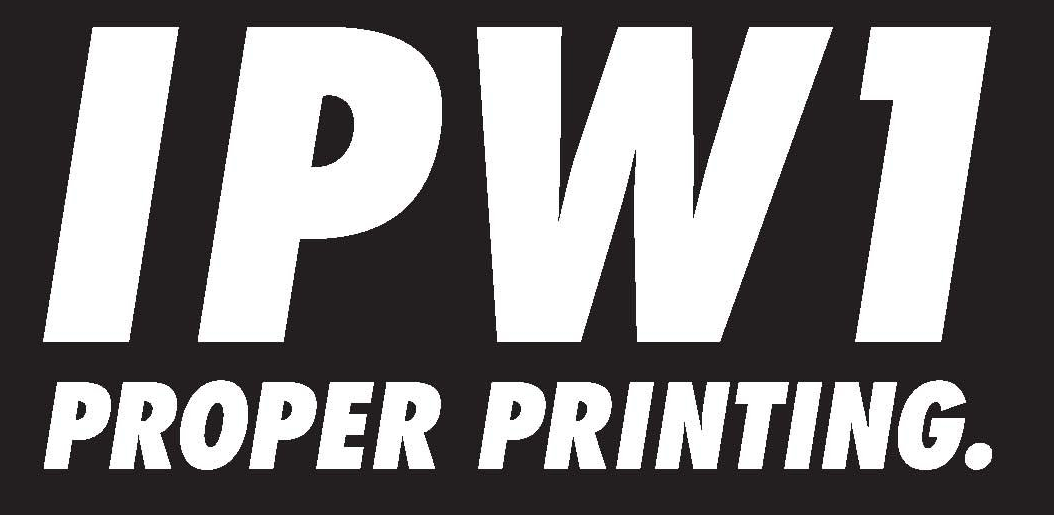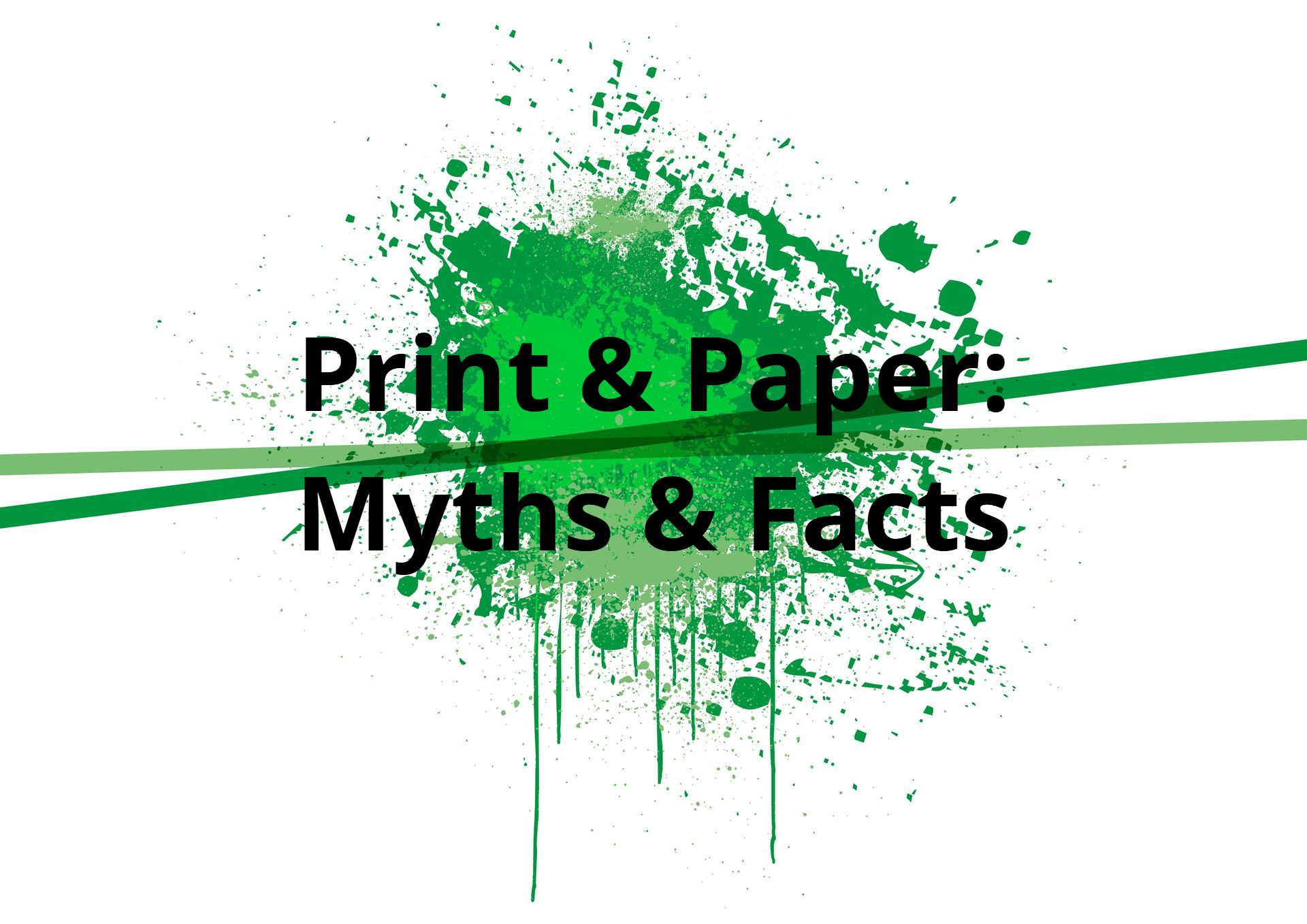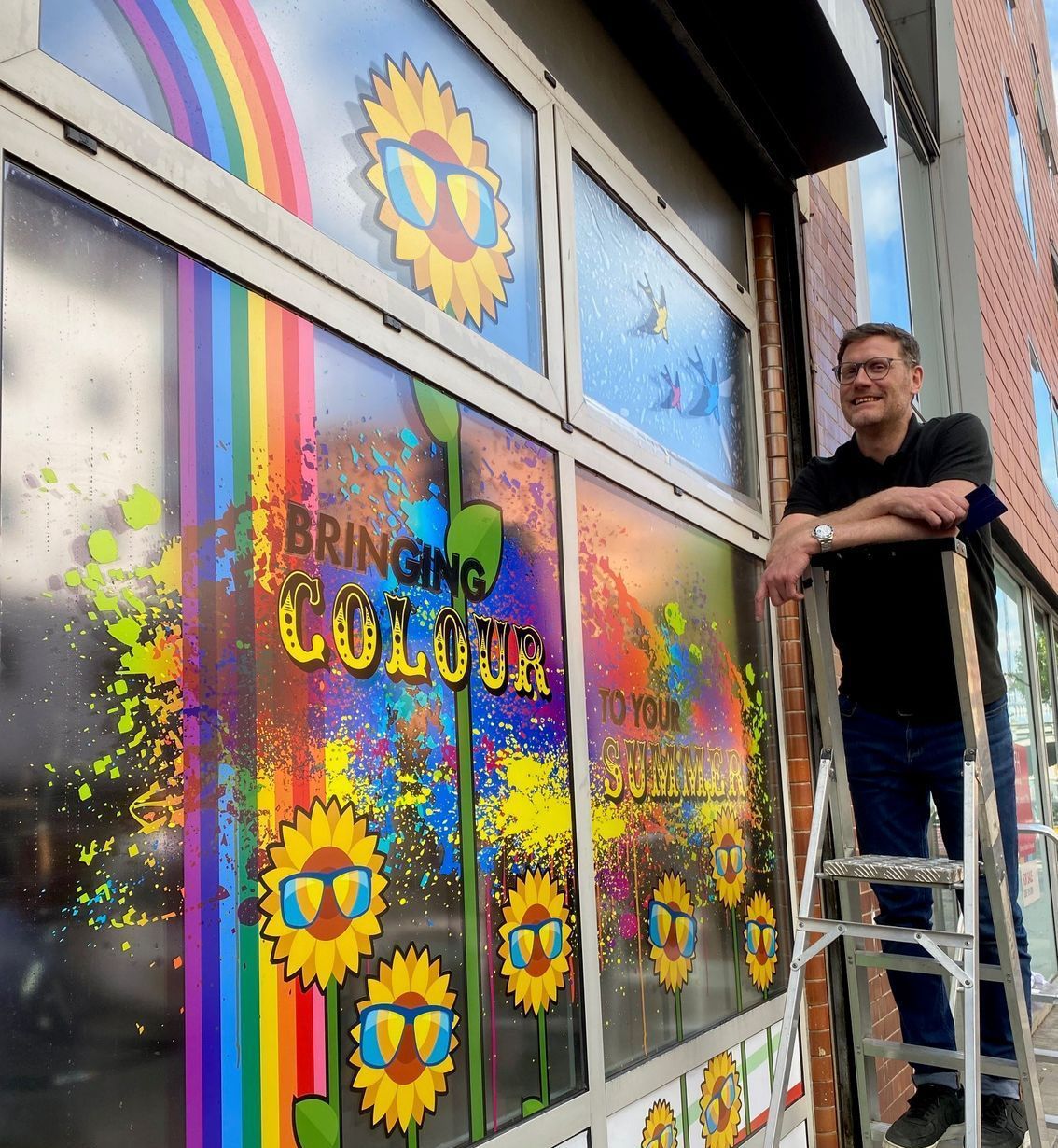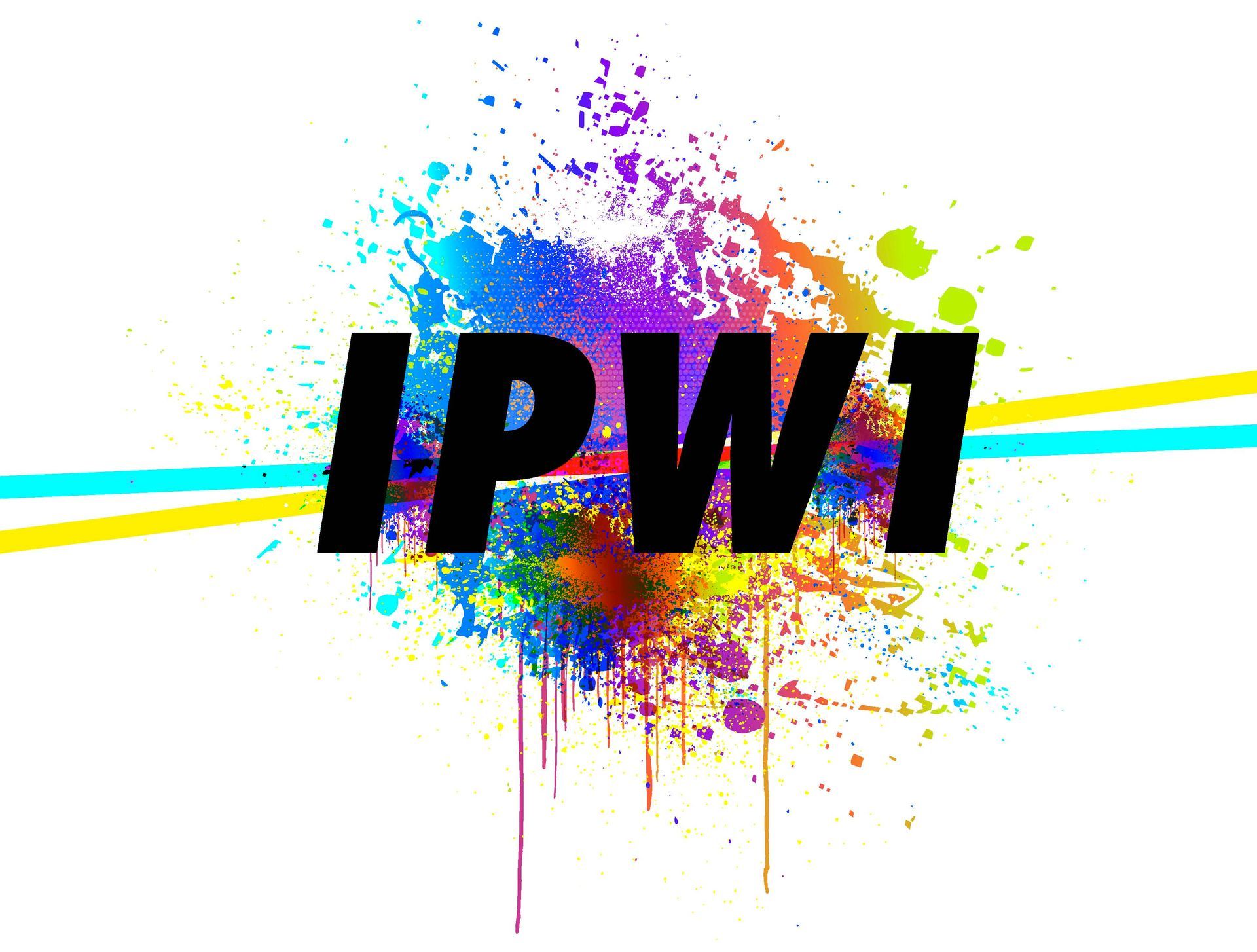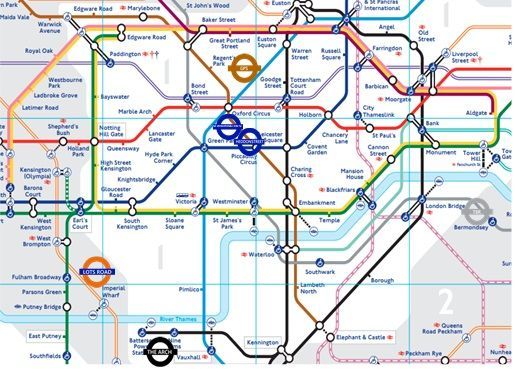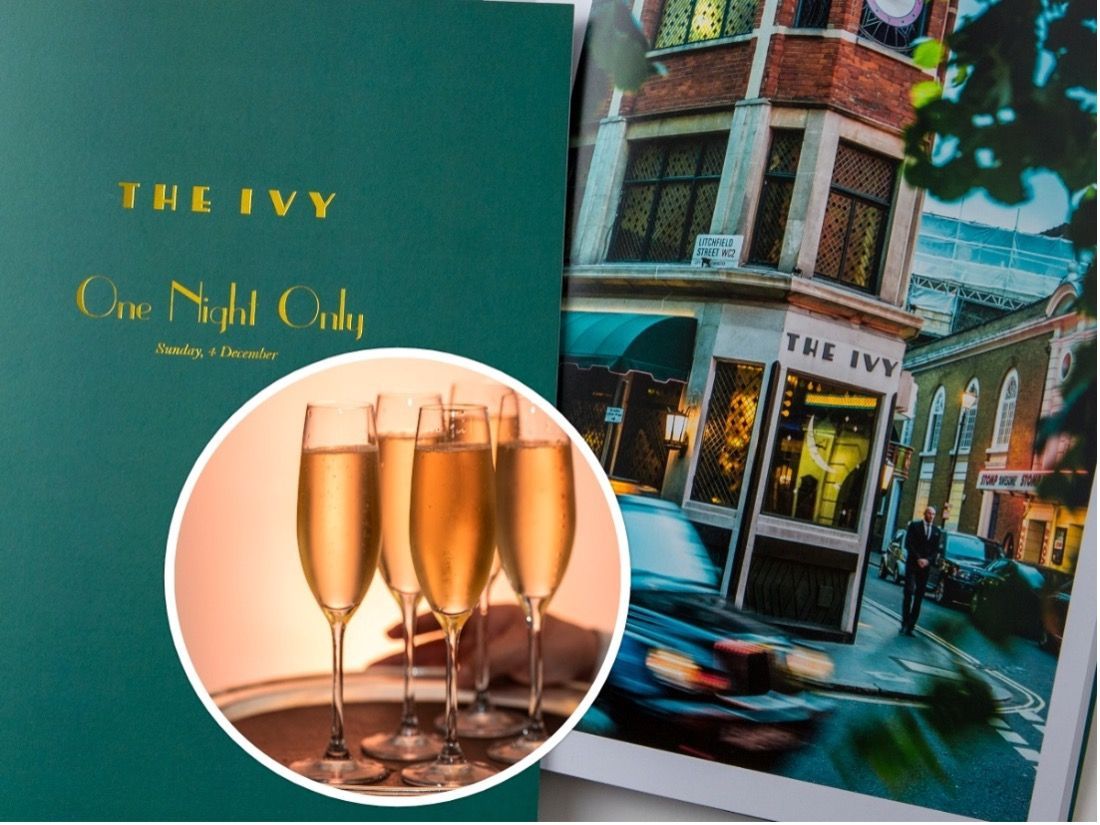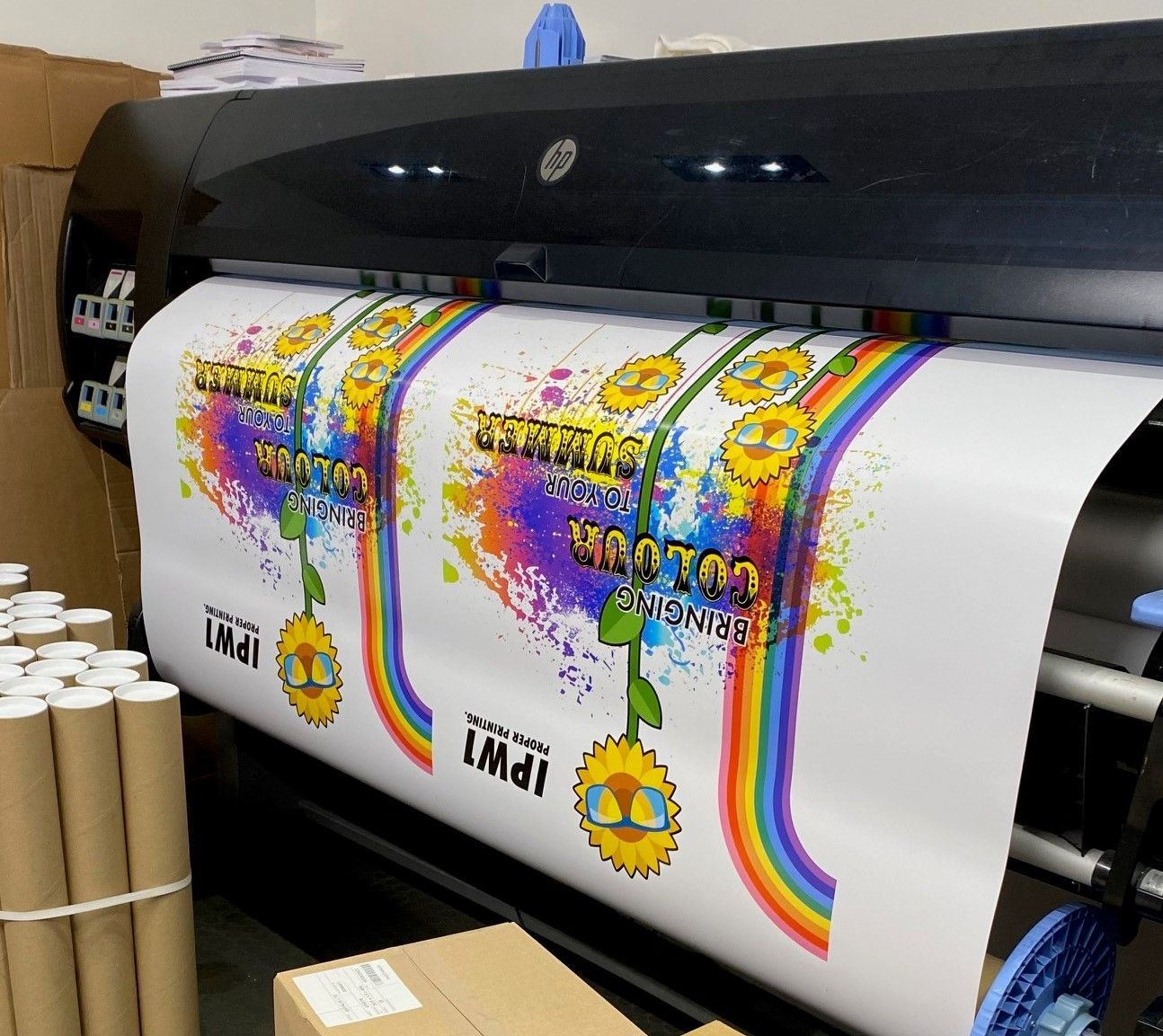Designing your restaurant menu yourself allows you to precisely define your product offering to prospective diners. This benefit applies whether you ultimately want printed copies or desire a new menu for your restaurant’s e-commerce site. In this regard, an effective restaurant menu clearly shows and accurately describes your product offering to customers. There are, therefore, four restaurant menu design features to consider:
1. Crisp Page Layout
Realizing a crisp page layout design for your restaurant menu means keeping the total content on individual pages at a minimum. In effect, this translates to only having essential images, captions, descriptions, pricing, icons and other visual media on individual pages of your restaurant menu. A crisp restaurant menu layout allows you to better realize a core marketing function, i.e. clarifying your product offering to customers.
Having too much on a page makes it harder for a prospective customer to find what they want from your menu. A customer may even end up missing items entirely. Hence, featuring HD-quality photos and tasteful descriptions of four food items per A4-size page is more desirable than clamming ten food items onto the same page. Note that the latter approach is only acceptable when designing a simple 2-page menu card and not a comprehensive restaurant menu.
2. Visual Appeal and Consistency
Alongside a crisp page layout, the pages of your restaurant menu should also present customers with relatable visual appeal. This means your choice of colour scheme/palette, background, icons, font, and other media should tastefully complement each other. Furthermore, you can custom-tailor your colour palette, fonts, backgrounds, and other graphics to directly reflect your restaurant’s brand and uniqueness. For example, using colours in your menu that are identical to those in your restaurant's logo helps to reinforce brand recognition.
Furthermore, incorporating subtle visual elements that reflect your restaurant’s location is a great way of establishing brand identity in the locale. For instance, featuring icons of palm trees and sunny beaches in your menu is desirable for a restaurant located in a coastal area. All in all, a simple rule of thumb is to aim for bright-warm hues that match the natural colours of food items you have on offer. In this regard, vibrant reds, lively yellows, rustic oranges, and subtle greens, are viable choices for backgrounds, icons, and fonts in your menu.
3. High Quality Photographs
Featuring stunning photographs of the various dishes your restaurant offers is a proven and effective way of winning over prospective customers. Consequently, do not hesitate to hire a professional photographer to take your restaurant menu photos if you have the money to do so. If not, you can still achieve remarkable results even while taking the photos yourself using a smartphone. However, you need to adhere to a few essential guidelines for you to obtain the quality photos you need for your restaurant menu.
How To Take Quality Photos for your Restaurant Menu
- First, get a smartphone with HD-quality camera specs either by buying one or borrowing. Most modern smartphone models suitable for restaurant menu photography will include manufacturers such as Samsung, Google and iPhones. Did you know Chinese short film, Nian, was entirely shot on the Apple iPhone 12 Pro Max by Lulu Wang, the title director?
- Next, ensure you take close-up photos of your various food items and dishes in a well-lit setting to optimize picture clarity. In this regard, taking your restaurant menu photos outdoors on a bright sunny day is ideal.
- Finally, take multiple shots, use HDR (High Dynamic Range), and avoid digital zoom to maximize your chances of landing the perfect photo.
4. Vivid and Enticing Descriptions
While you may have plenty to write about the dishes your restaurant offers, it is advisable to avoid wordy descriptions. A prospective diner is more interested in the culinary experience a meal offers than in learning about the multi-stage process of making it. In this context, worthwhile mentions in your descriptions include
- Use of natural, organic,and whole ingredients,
- Notable health-related and nutritive benefits,
- Taste and flavor of individual ingredients and the meal as a whole
Ultimately, descriptions of food items and dishes in your restaurant menu should not only be vivid, but precise and informative as well.
Putting Restaurant Menu Together
After coming up with the layout, visual schema/palette, photos and meal descriptions for your restaurant menu, the final step is putting everything together. You have three main routes you can follow to realize this end, namely:
- Restaurant Menu Design using Native Publishing Software
- Modifying a Restaurant Menu Template
- Using an Online Restaurant Menu Maker App
Designing with Native Publishing Software
The first route involves using any one of several popular publishing software products to create your final restaurant menu design from scratch. Two mainstream examples of such software include Microsoft Publisher and Adobe Illustrator.
Either software allows you to upload your photos, type in descriptive text, organize the placement of graphics, modify backgrounds, create a custom colour palette, and so much more. However, publishing software typically requires a native installation on your laptop or desktop PC for your use in realizing your final restaurant menu. Furthermore, you need considerable familiarity with native publishing software to competently use it for restaurant menu design.
Modifying a Restaurant Menu Template
The second route involves modifying an existing template to create your final restaurant menu design. Such a template typically has a predefined color palette and background, with options to upload your own photos and add food item descriptions. You begin by searching for and then downloading a restaurant menu template that best matches your preferences.
However, prior to initiating your restaurant menu template download, it is best to ensure you have the necessary editing software on your laptop or PC. Fortunately, it is relatively easy to find a suitable restaurant menu template to edit with either Microsoft Publisher, Adobe Illustrator, and even Microsoft Word.
Using an Online Restaurant Menu Maker App
This final route in putting together your restaurant menu design is remarkably easier than both prior two methods. Using an online restaurant menu maker eliminates the necessity of a native publishing app and the need to download a template. Such an online app allows you to come up with your restaurant menu from scratch or to modify an existing restaurant menu template. Adobe Creative Cloud Express and Canva are two suitable examples of free online restaurant maker apps you can use to design a restaurant menu.
Where to Print your Restaurant Menu
Designing your restaurant menu is just the beginning. The most important step is getting it in front of your customers. And that means finding the best printing company in the UK. You want a menu that will stand the test of time, a menu that gives the customer an idea of what you’re all about, a menu that serves as your undeniable promise of quality food. Choose IPW1, London's Leading Print Company.
